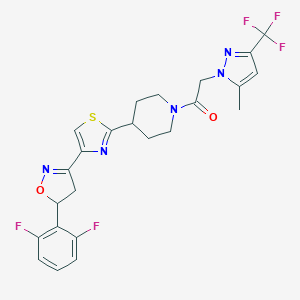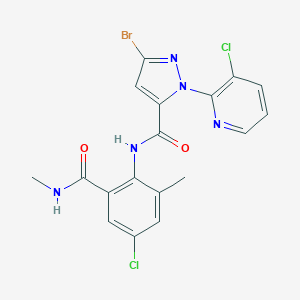Polluted Groundwater. Fracking to Blame?
Although fracking is over a 100 years old, it is only in the past ten years that it has been seen as a serious contributor to the energy mix — at the forefront of the drive for cheaper energy. But no technology — other than perhaps nuclear — is as controversial as fracking.
Campaigners have raised myriad of concerns around fracking — from gas coming out of water taps to earthquakes and polluted groundwater. And whilst YouTube videos of people setting fire to the water coming from their taps seems like a good party trick — there are genuine environmental concerns.
The link between fracking and earthquakes is very real — with the UK government issuing a guide explaining the earthquake risks associated with fracking. And — as with any oil or gas operation — there is the possibility of increased VOCs around the site. An issue discussed in the article, The Influence of Oil and Gas Emissions On Ambient Non-Methane Hydrocarbons In Residential Areas.
Fracking and groundwater
But what about polluted groundwater? So far there has been no conclusive evidence of fracking affecting groundwater — and subsequently our water supplies. But a recent paper titled ‘Impact to Underground Sources of Drinking Water and Domestic Wells from Production Well Stimulation and Completion Practices in the Pavillion, Wyoming, Field’ and published in Environmental Science & Technology could change that.
Fracking releases the oil and gas from the rocks by fracturing the rocks using a pressurized liquid that is pumped down boreholes to the hydrocarbon containing rocks. The liquid is predominantly water, but contains a wide variety of other materials such as sand (to hold the fractured rocks open) and chemicals — some which are toxic — to aid the process.
Two of the main concerns around water use in fracking are:
- The pressurized water that is pumped down the borehole might contaminate underground aquifers that are used to supply our tap water, and
- The wastewater from the process has to be either stored or treated and there is a risk of the wastewater contaminating clean surface water.
Contaminated drinking water
One of the problems with testing fracking water is that it can be difficult for commercial laboratories to detect the fracking chemicals — for example methanol. Methanol degrades quickly and so it can be difficult to detect at trace levels. Presence of methanol in the Pavillion water supply could suggest that fracking chemicals had somehow got into the supply.
The authors of the report into the Pavillion Field used high performance liquid chromatography to detect methanol in the water supply. In a press release, the lead author Dominic DiGuilio said: ‘It's perfectly legal to inject stimulation fluids into underground drinking water resources. This may be causing widespread impacts on drinking water resources.’ The study is controversial, with companies that operated in the area repeating that the drinking water is safe and that the EPA, Environmental Protection Agency, hasn’t yet finished its own study of the data that the report was based on.
Should we ‘frack’ in the UK?
Image from: pexels
Story courtesy of: Chromatography Today
Five Uses of Chromatography in Everyday Life
For those not initiated in the world of the sciences, the term chromatography might not ring many bells. But in fact, the process is one which affects our daily lives in a variety of ways. Used to separate out a compound into its various components, chromatography plays a part in the realms of forensics, food regulation, athlete testing and even quality control in our favourite alcoholic drinks.
Here are five of the more everyday uses of chromatography that might surprise you.
Forensic Testing
Are you a fan of programmes like CSI and Law and Order? Well, in real life, gas chromatography is often used to investigate criminal cases like the ones featured on those shows.
This can take the form of crime scene testing (the analysis of blood or cloth samples), arson verification (identifying the chemicals responsible for a fire to see whether there was foul play) or blood testing after death to determine levels of alcohol, drugs or poisonous substances in the body.
For a more thorough analysis of this topic, see the article: How is Gas Chromatography Used in Forensics?
Performance Enhancing Drug Testing
Of course, not all blood samples are taken after death. The precision and accuracy with which chromatography can identify substances in the bloodstream make it valuable in testing for doping or performance enhancing drugs in athletes, too.
Interestingly, the news story, doping tests also work on horses, reveals how a new hybrid form of liquid chromatography combined with mass spectrometry can also be applied to our equine friends.
Horsemeat Scandal
Speaking of horses, the scandal of 2013 highlighted the fact that some disreputable meat vendors were replacing beef patties with horsemeat. Since traditional methods of meat detection and analysis proved to be inconclusive, chromatography came riding in on a white… ahem. You get the idea.
Is My Burger Horse? talks in more detail about the inefficacy of existing methods and how chromatography altered all of that.
Quality You Can Taste
It’s not just food that chromatography is useful in analysing. If you’ve ever reached the end of the night and decided to sign off in style with a round of Jägermeisters, you may have wondered how the manufacturers of the smooth liqueur maintain their quality levels (you almost definitely haven’t).
However, the owners of Jägermeister take their brand very seriously, rigorously monitoring the levels of sugar that go into the final product. With no margin for error, chromatography is once again called upon to ensure top quality in every bottle… and that you have a night to remember (or forget).
Ebola Immunisation
As well as specialising in more flippant matters such as the quality of alcohol, chromatography may also be critical in saving millions of lives. The deadly Ebola virus, which has claimed over 5,000 lives since its outbreak late last year, has caused panic in the media and in the countries of Sierra Leone, Guinea and Liberia, to which it has been largely confined.
As scientists attempt to combat the disease, chromatography has revealed itself as incredibly useful in determining which antibodies are more effective in neutralising Ebola. Although no drugs have been conclusively validated as yet, it was instrumental in the development of the experimental immunisation Zmapp and will continue to be used in ongoing research.
News via Chromatography Today
Established in 1962 Chem Service is the largest independent supplier of Analytical Reference Materials and the original source of small quantities of organic chemicals. Chem Service also has over 2,000 Pesticide Standards, including Pesticide Standards for Cannabis in its catalogue. Chem Service offers Custom made Standards manufactured to your specific requirements, all standards are accredited to ISO 17043:2016; ISO/IEC 17025:2005; ISO 9001:2015 Quality Management System.
Over 95% of Chem Services’ neat Standards Grade materials have a purity of 98.0% or greater.
Chem Services’ worldwide customers are found in the chemical, government, food quality, agricultural and life science research communities.
Pesticide Reference Standards recently added to our website:
2,3',4',5-tetrabromodiphenyl ether(BDE 70) Solution (CAS # 446254-39-3)
o,o,o-Tripropyl thiophosphate (CAS # 2272-08-4)
2,6-Dibromobiphenyl ether (BDE 10) Solution (CAS# 51930-04-2)
Uses: Flame retardant
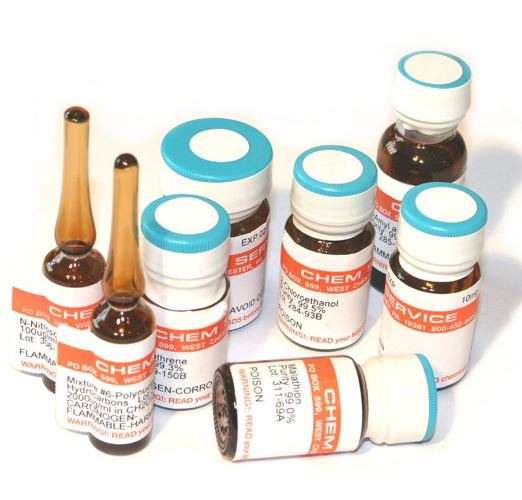
Oxathiapiprolin (CAS# 1003318-67-9)
Part Number : N-14266-10MG
CAS#: 1003318-67-9
Chemical formula: C24H22F5N5O2S
Pesticide type: Fungicide
Substance group: Piperidinyl thiazole isoxazoline
Mode of action: Systemic, preventative with residual disease control. It acts via an oxysterol binding protein.
2-Bromodiphenyl ether (BDE 1) Solution (CAS# 7025-06-1)
Chlorantraniliprole (CAS # 500008-45-7)
Part #: N-11422-25MG
Cas: 500008-45-7
Molecular Formula: C18H14BrCl2N5O2
Pesticide type: Insecticide
Substance group: Anthranilic diamide
Mode of action: Exhibits larvicidal activity as an orally ingested toxicant by targeting and disrupting the Ca2+ balance; Ryanodine receptor (Group 28)
Chlorantraniliprole Solution (CAS # 500008-45-7)
Part Number: S-11422A1-1ML
Cas: 500008-45-7
Please visit our website to see pricing for Chem Service products. You may benefit from a discount to the prices shown if you are placing orders for multiple items, please contact sales@greyhoundchrom.com for a quotation. Please note you will be required to register to the website in order to view prices.
CONTACT US
Tel: +44 (0) 151 649 4000
Email: marketing@greyhoundchrom.com
FOLLOW US
YOU MAY ALSO BE INTERESTED IN OUR NEWSLETTER
About The Author
Susan Massie, Sales & Marketing Director, Greyhound Chromatography and Allied Chemicals Email: sue@greyhoundchrom.com
Susan Massie is the Sales & Marketing Director for Greyhound Chromatography and Allied Chemicals, affectionately known as 'Greyhound' in our scientific community. Greyhound was founded by Susan's husband Paul Massie almost 40 years ago, Susan hasn't been in the business for all of that time but has been involved with Greyhound for over 17 years. Greyhound continues to grow, expanding into new markets and taking on the challenges of our ever changing environment. It's heartwarming to witness the world waking up to the fact that we are damaging our planet on a daily basis. Every action we take has a direct effect on our planet and the world we leave behind for future generations. Susan is passionate about climate change and is happy to work in an industry that can have a direct effect on reducing the impact of our actions on the environment. All of the team at Greyhound take our responsibilities very seriously, the products that we supply are used by the world's leading scientists and chemists as they endeavour to monitor and repair the environment. All is not lost, if we all take responsibility for our actions, from reducing our waste and reusing or recycling our material collateral we can make a difference. The internet is full of useful advice and guidance, Susan is proud to contribute to that wealth of knowledge whenever she can.
Greyhound prides itself on personal service which provides prompt, efficient, cost-effective, safe delivery of all products. Greyhound provides technical advice and distribution of Certified Reference Standards and Materials, Laboratory Consumables, Solvents and Reagents across all scientific disciplines. Greyhound Chromatography offers over 1 Million products from its UK warehouse. The team at Greyhound are proud to support the work of the world's leading scientists and chemists as they challenge the abuse of our planet and try to make a difference to the world we leave behind for our ancestors.
You can view Susan's Linked In Profile here https://www.linkedin.com/in/susan-massie-79ab4121/


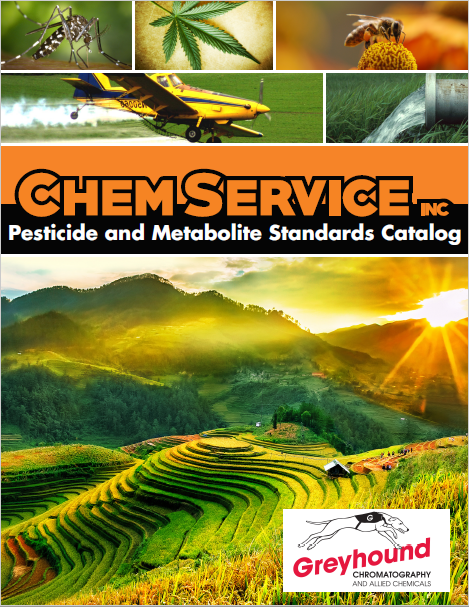
.jpg)
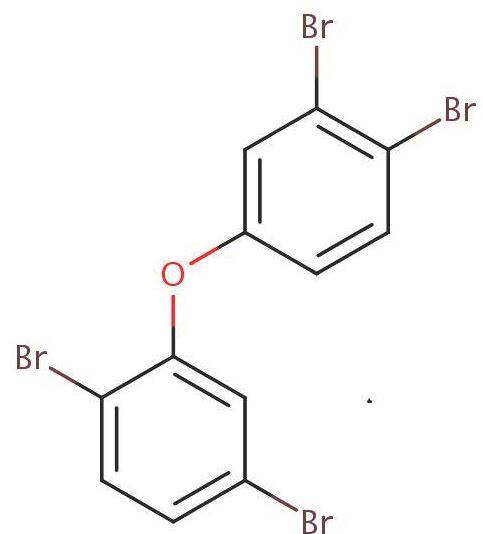

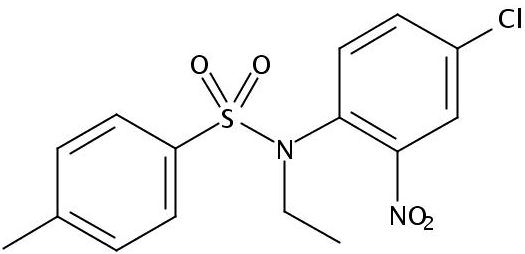
 Solution 3.PNG)
